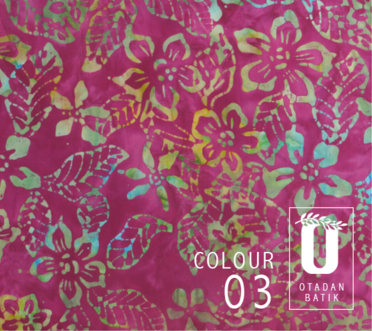Dhaka’s Garment Industry Is A Ticking Time Bomb
AHN
Dhaka, Bangladesh (AHN) – Saturday’s massive protest rallies by garment workers in Bangladesh’s capital city was a time bomb that had been ticking for years. The violence-marred protest was organized by workers demanding better pay and improved working conditions. Despite a state ban on public demonstrations, more than 10,000 garment workers protested on Dhaka’s streets. The police, together with members from Bangladesh’s army, dispersed the rallies.
The Bangladeshi economy is dependent on its garment industry, which accounts for 75 percent of the nation’s exports. Majority of the industry’s workers are women.
Their demand for better wages in not without basis. As early as 1994, a survey by the Bangladesh Institute of Development Studies noted a disparity in wages between male and female workers in the garment industry. According to the institute, 60 per cent of the female workers had wages lower than Tk. 900 a month. What worsened the wage disparity between the two genders was that better-paid jobs such as cutter, supervisor and operator were normally held by men, widening further the pay gaps, The New Nation reported.
The wage disparity and continued exploitation of women workers is attributed to the submissive nature of Asian women. Thus, many factory owners prefer female over male workers not only because the women are more dependable employees, but they also do not protest.
Other maltreatment committed against females in the clothing industry include attacks and sexual molestations while they are on their way home from the factory and incidents of fire-related deaths resulting from locked factories.
On Saturday, the industry’s workers decided enough is enough. Most of them are employed by the Nassa Group, whose clients include Wal-Mart in the U.S. and the U.K.’s Primemark. Although Nassa is considered one of Bangladesh’s better employers, its work force of 27,000 demanded for higher allowances and their yearly bonus.
The last straw for the garment workers was when they found out they could not enter the padlocked factories. The workers’ protest had been going on for several days. Dhaka is not a stranger to protest movements. On August this year, student-led protests racked Bangladesh’s interim government. Like the female garment workers, those who joined last month’s demonstrations came from the poor section of the city, mainly residents of slum areas evicted by the government and itinerant vendors forced off their trade.





